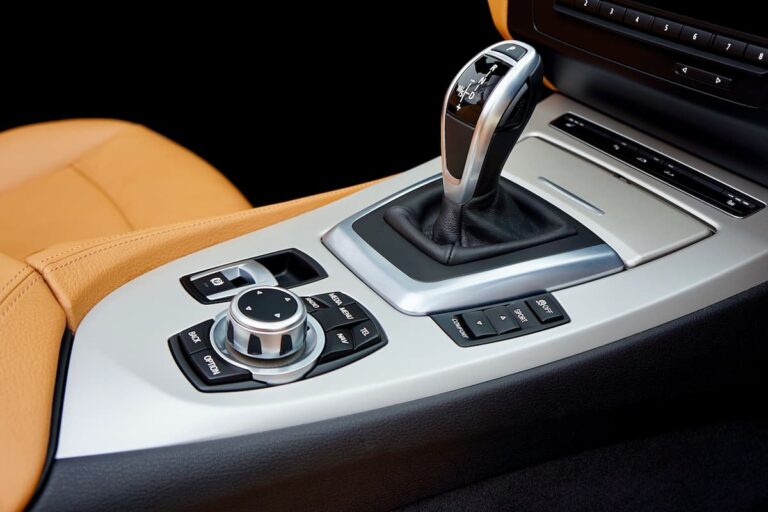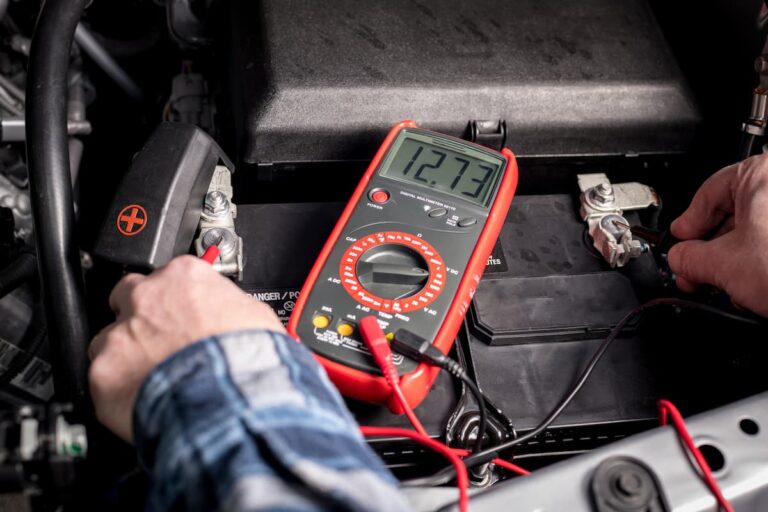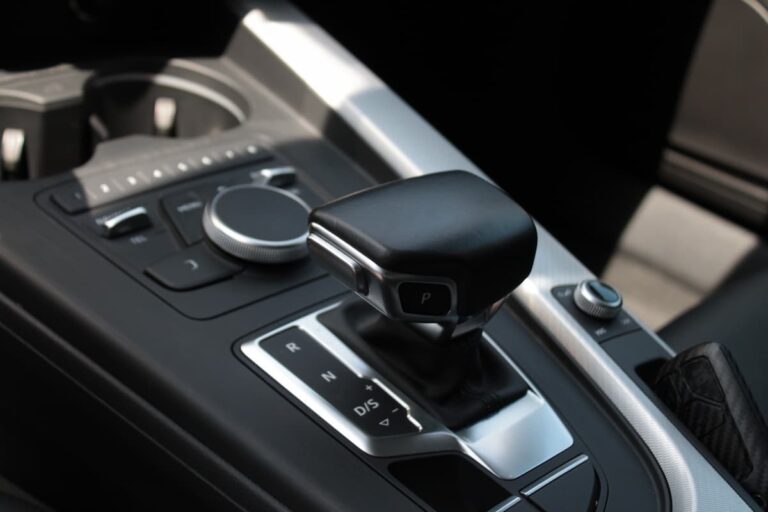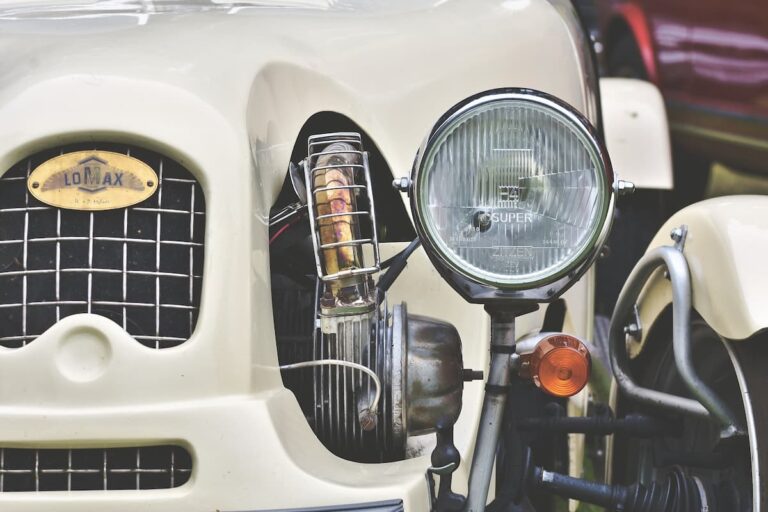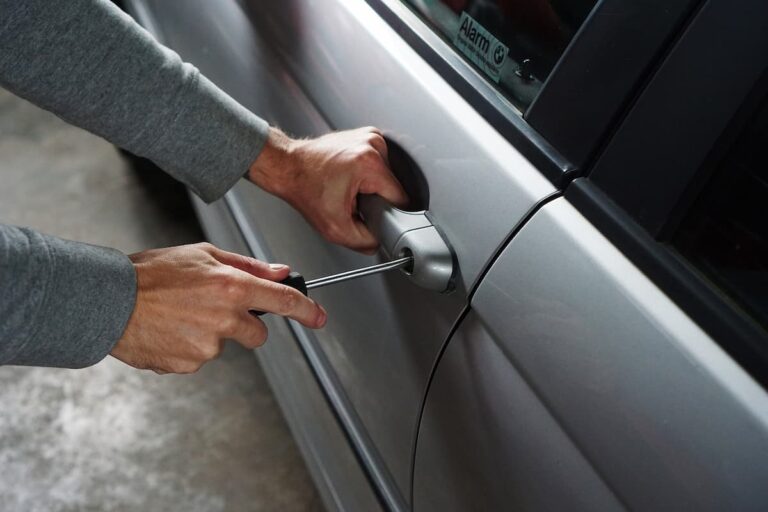Should Car Be Running When Adding Freon?
It’s easy to get confused when trying to add freon to your car for the first time.
Thus, one of the most asked questions in the automotive world is, do I need to leave my vehicle running when recharging my AC?
You should leave your car running when adding freon. You should also turn on your air conditioner so that you can monitor whether the freon is taking effect. Additionally, keeping your car on when adding freon allows it to circulate faster.
In this article, I will discuss whether your car needs to be running when you add freon.
I will also detail the process of adding freon to your car and whether doing so is dangerous.
Should I Leave My Car Running When Adding Freon?
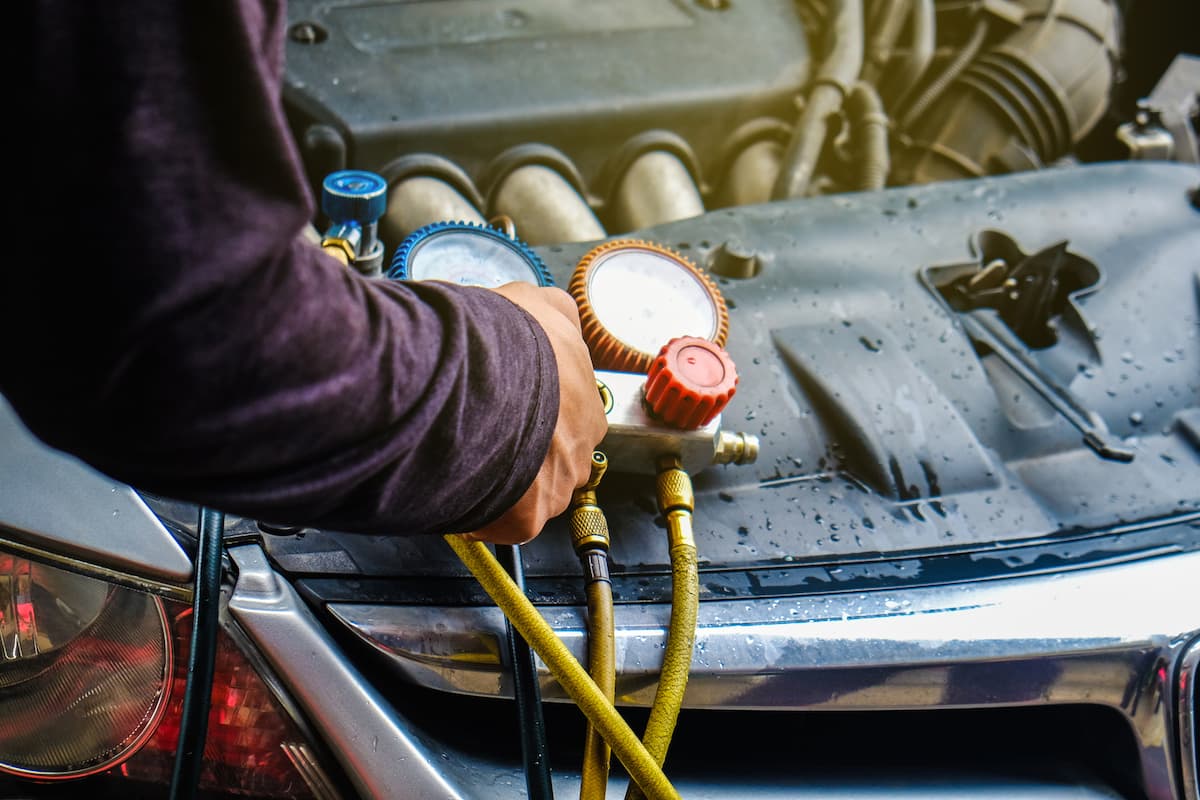
Yes, you should leave your car and air conditioner running when you add freon to your vehicle.
One reason you’ll want to keep your car running when using freon is that it will help you determine whether you added the freon correctly.
Because if you don’t add the freon the right way, your AC will not get colder.
And, of course, you won’t know if the air conditioner is getting colder if the car is off.
Also, if you don’t have your car on when adding freon, it will not circulate throughout the vehicle.
Furthermore, not running the air conditioner when you use freon could cause damage to the electronics in your AC system, especially if you have a newer car.
10 Steps to Add Freon to a Car Correctly
In the following sections, I will detail the correct way to add freon to a car so that you get the best results.
Step One: Buy Freon and a Refrigerant Dispenser
As long as your car is from after the year 1993, you need to buy r-134a refrigerant.
You can find r-134a freon at just about any auto parts store.
If your vehicle is from before 1994, it probably takes r-12 freon, which is now illegal to manufacture in the United States.
Thus, you will have a harder time finding this kind of freon.
For most cars, you will need between 28 oz (0.83 L) and 32 oz (0.95 L) of freon.
And since these cans typically come in 12 oz (0.35 L) bottles, you’ll need about two or three of them.
You will also need to get a refrigerant dispenser with a pressure gauge and a trigger.
Additionally, I highly recommend that you use goggles when using freon.
Freon and its fumes can cause eye irritation and even burns if it makes direct contact with your eyes.
It’s also a good idea to use gloves so that you do not irritate or burn your skin.
If you do not already have goggles and gloves, you should purchase some before recharging your AC.
Step Two: Attach the Freon to the Dispenser
You should now open the bottle of freon and screw the dispenser onto the top of it.
Step Three: Turn On Your Car’s Air Conditioner
For this step, you just need to start your car and turn on the air conditioner to its maximum setting.
Step Four: Find the Low-Pressure Air Conditioner Line
To find the low-pressure air conditioner line, you first have to identify the air conditioner compressor.
You can find the air conditioner compressor near the engine.
The AC compressor will be a cylindrical piece of metal with a belt and pulley system.
If you are having difficulty telling which piece is the AC compressor, turn your air conditioner off for a minute.
The AC compressor will be the only item with a belt and pulley system that is not moving.
Once you’ve found the AC compressor, look for the two tubes coming out of it.
The thicker of them is the low-pressure air conditioner line.
Step Five: Locate and Open the Low-Pressure Line Fill Port
If you have correctly identified the low-pressure line, the fill port will be easy to find.
It is the only valve on the low-pressure line.
Once you’ve found it, screw off the plastic cap on the valve.
Step Six: Attach Your Dispenser to the Fill Port
On your dispenser, there should be a hose with a circular piece of plastic on the end.
Take this piece of plastic and slip the covering back towards the hose.
Keeping the covering held back, place this plastic piece onto the fill port.
Let go of the covering and ensure it has locked onto the port.
Step Seven: Read the Pressure Gauge
On your dispenser, there will be a pressure gauge that lets you know if you have the proper amount of freon in your car.
If the pressure gauge is reading below the appropriate level, you need more freon.
However, if the pressure gauge says you have enough freon in your system, you should take your car to a licensed mechanic because you may have another issue with your AC.
Step Eight: Fill Your Car With Freon
To fill your car with freon, you first need to squeeze the dispenser trigger for about 10 seconds.
And while doing so, you should slowly tip the can forward and shake it to get a more even freon distribution.
But just remember that you should never turn your freon bottle upside down.
Next, you need to wait about 30 seconds for the pressure in your system to equalize.
And then read the pressure again to see if it is at the correct amount.
If not, repeat the above steps, starting with squeezing the trigger for ten seconds.
Keep repeating these steps until your pressure is in the proper range.
Then, wait for about fifteen minutes and recheck the pressure.
If the pressure is not at the correct range, fill for another ten seconds and check again.
Once the pressure gives you an appropriate reading, you’ve finished adding freon to your car.
Step Nine: Turn Your Car Off and Remove the Freon Dispenser
Finally, it’s time to turn your car off and remove the freon dispenser.
Also, make sure you screw the cap back onto the low-pressure fill port.
Step Ten: Check Your Freon Pressure Again
After a few days, you should check your freon pressure again by performing all the above steps.
Doing so will ensure you have indeed put enough freon in your vehicle.
If the gauge reads low again, though, you just need to add some more freon.
Is it Safe to Recharge My Air Conditioner Myself?
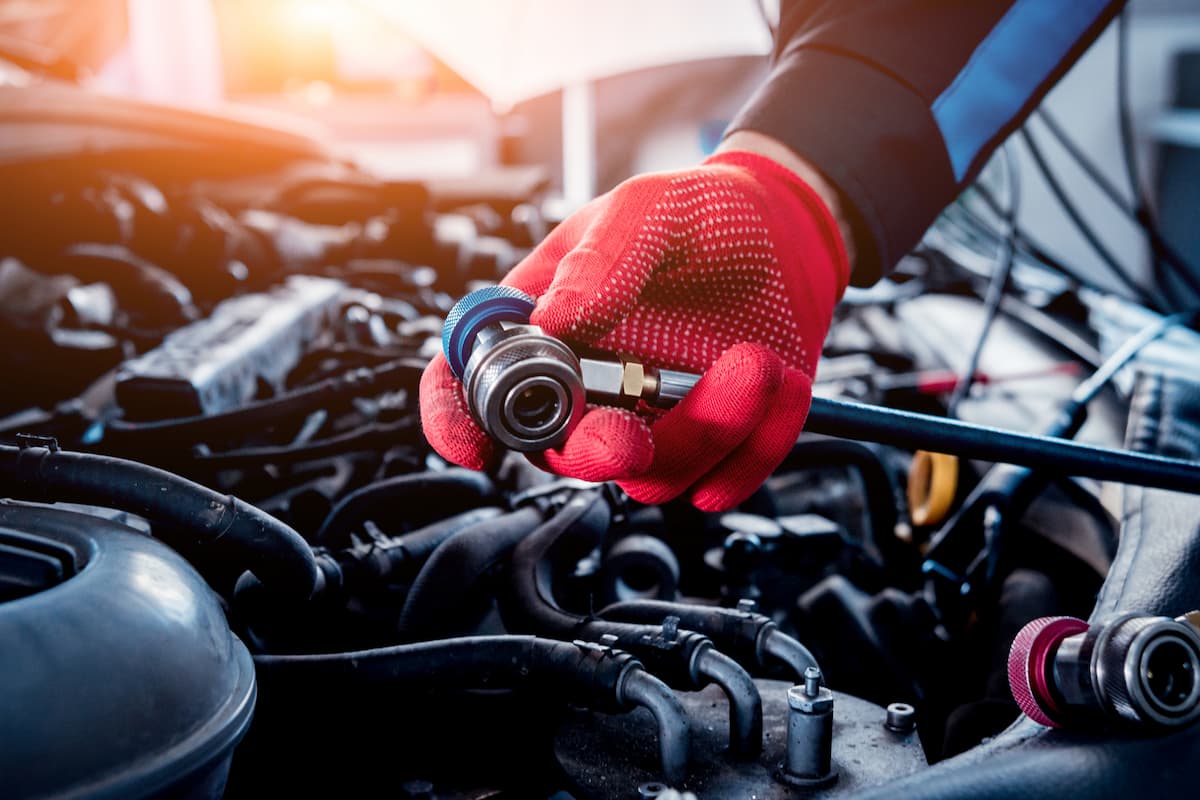
Overall, it is safe to recharge your air conditioner yourself.
Freon is not a particularly dangerous chemical.
Most of the time, the only people who get seriously injured by freon are those who purposefully inhale it to get high.
Thus, as long as you take some simple safety precautions, such as not directly inhaling large amounts of freon, the chances of something bad happening are minimal.
However, if you believe you have freon poisoning, you should go to the hospital immediately.
Symptoms of freon poisoning include:
- Lack of coordination
- Slurred speech
- Confusion
- Watery eyes
- Lightheadedness
- Hallucinations
- Vomiting
- Muscle weakness
- Nausea
- Feelings of numbness
How Long Does it Take to Add Freon to a Car?
From start to finish, the entire process of adding freon to a car usually takes about 40 minutes to an hour.
But overall, how long it will take depends on how much freon your car needs.
Also, it may take longer to add freon if you have never recharged your air conditioner by yourself before, as you’ll need time to get used to the process.
Conclusion
You need to have your car running when you add freon.
Otherwise, the freon will not move around and recharge the AC system.
Table of Contents
- Should I Leave My Car Running When Adding Freon?
- 10 Steps to Add Freon to a Car Correctly
- Step One: Buy Freon and a Refrigerant Dispenser
- Step Two: Attach the Freon to the Dispenser
- Step Three: Turn On Your Car’s Air Conditioner
- Step Four: Find the Low-Pressure Air Conditioner Line
- Step Five: Locate and Open the Low-Pressure Line Fill Port
- Step Six: Attach Your Dispenser to the Fill Port
- Step Seven: Read the Pressure Gauge
- Step Eight: Fill Your Car With Freon
- Step Nine: Turn Your Car Off and Remove the Freon Dispenser
- Step Ten: Check Your Freon Pressure Again
- Is it Safe to Recharge My Air Conditioner Myself?
- How Long Does it Take to Add Freon to a Car?
- Conclusion

